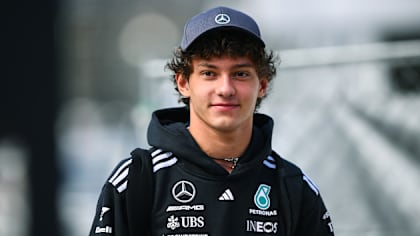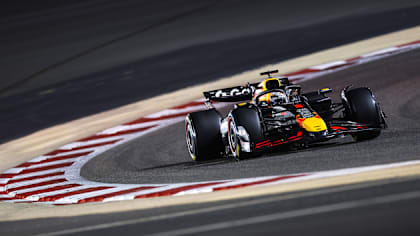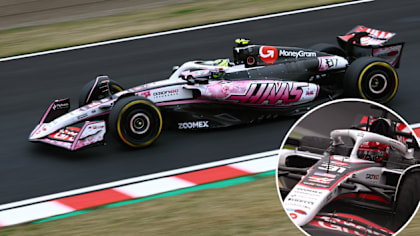Next season will see a major shake-up of the Formula One regulations - including a move to wider tyres, guaranteed to lead to quicker lap times. Pirelli’s motorsport director Paul Hembery chats to us first about recent racing matters, and then about what the future holds for 2017…
Q: The ultrasoft tyre introduced by Pirelli this season seems to be hugely popular with the drivers. Why has it taken so long?
Paul Hembery: We are obviously following a four-compound regulation and have added a fifth compound - the ultrasoft compound. Maybe we will need more compounds in the future - and we’ll probably run out of names for them! (laughs) The ultrasofts have worked very well on street circuits and in terms of stint length have lasted longer than we have anticipated. But going on to 2017, we will see a big reset next year and we will probably have to modify the compounds again for 2018 based on next year’s experience. But the idea of having softer compounds on smoother surfaces is good, though probably not for tracks like Austria as there you have a slightly compromised situation.
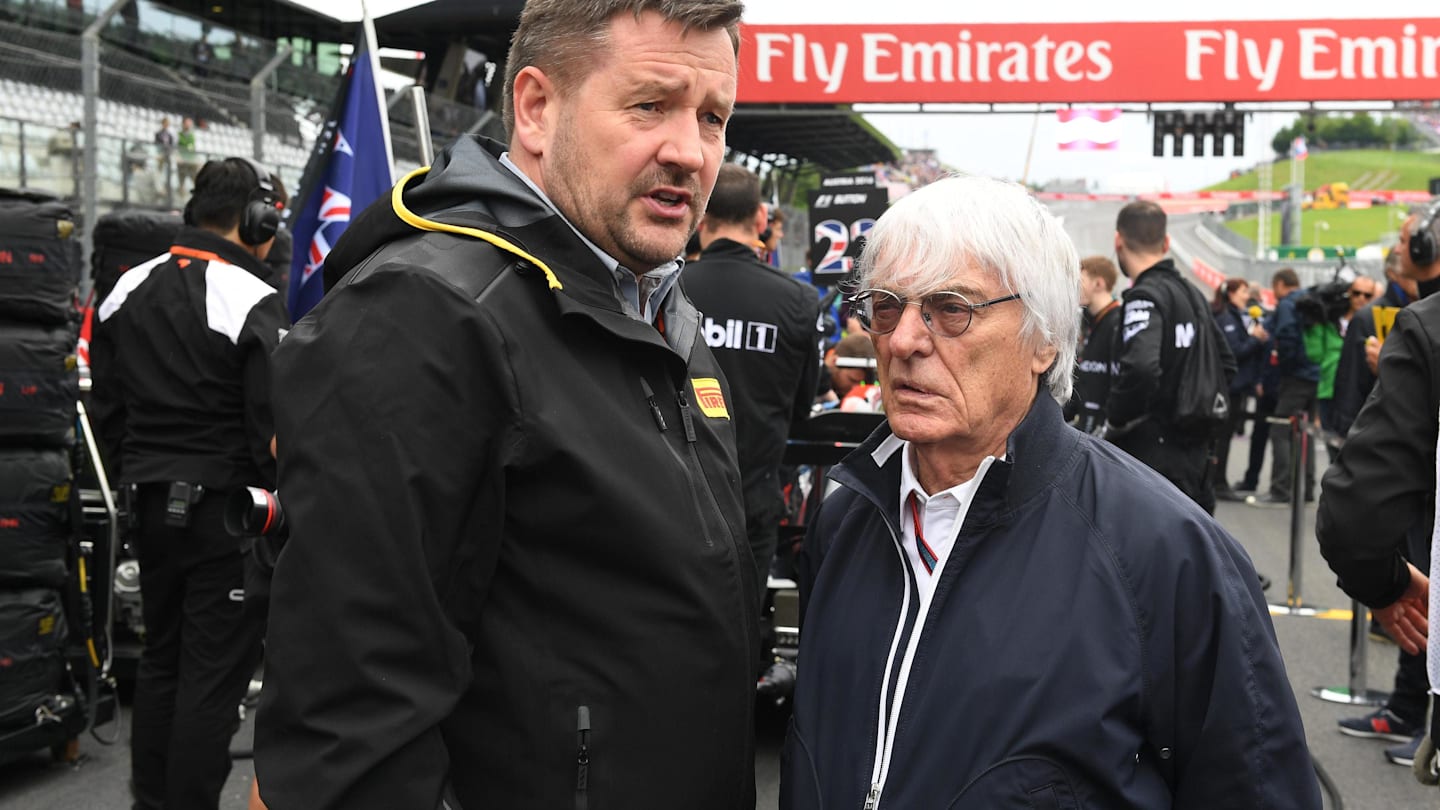
Bernie Ecclestone (GBR) CEO Formula One Group (FOM) and Paul Hembery (GBR) Pirelli Motorsport Director on the grid at Formula One World Championship, Rd9, Austrian Grand Prix, Race, Spielberg, Austria, Sunday 3 July 2016.
We will have much less degradation in 2017 and tyres will have a wider operating window.
Paul Hembery
Q: Talking of Austria, there we saw Sebastian Vettel’s tyre explode out of the blue. How could that happen? And could it happen again?
PH: Well, there were also four cars’ suspension that broke ‘out of the blue’ and they were also due to very high loadings on the suspension. And, of course, the tyre is part of the suspension, so it is very likely that whatever is loading the suspension was loading the tyre as well. The difference to other places in Austria was also the kerbing that was put in place to discourage drivers from exceeding track limits - and there has been quite some discussion over them recently. We have seen in Silverstone that one of Lewis Hamilton’s lap times was cancelled because of exceeding track limits and I think it is a very wise thing from the FIA to start enforcing it, as it was not followed in the way it should have been.
Q: …but Pirelli said in a statement that debris on the track caused Vettel’s failure. Some suggested that Ferrari had pushed the limits too far - staying out too long on one set of tyres for strategic reasons…
PH: Well, it was a longer stint that Sebastian was doing compared to the majority of other teams, but that really wasn’t the issue. It was more related to external factors. That is something that we have understood, Ferrari has understood and that we have explained to the FIA. I think we all will have a better understanding moving forward. If the FIA sticks to the plan of enforcing track limits and we see more and more of such kerbing, then we will develop a test to simulate that to see how aggressive you can be in that scenario. If we make it such that the tyre resists every single lap going over the yellow kerbs we will end up building bigger ones… (laughs) I was joking with Bernie (Ecclestone) that he should build little walls inside the corners. We manage in Monaco to avoid them and he was very keen, as I said that he could probably sell advertising on them! (laughs)
Q: Given the fact that the tyre situation will change completely in 2017, what effects will that have on racing? The stints will be longer, which makes the window for pitting bigger, so we are likely to see less stops. Is it going to change race strategy completely?
PH: Well, we will have much less degradation in 2017 and tyres will - if we achieve what we are trying to achieve - have a wider operating window. And yes, that in itself will take away some level of strategy - or at least variations between teams. Having said that, we will still try to achieve some level of degradation! (laughs) What we definitely will see is faster cars. We expect a three to four second improvement in performance, which is clearly quite substantial. So the tyres will be working very hard and the compounds will be working hard - and that will cause degradation, so we will still have a good level of strategy.
Q: How far along are you with development? Obviously you haven’t yet sampled a 2017 car…
PH: We will be on the track for the first time [with the 2017 tyres] in the first four days of August - working with a hybrid car and not with an exact 2017 car. But that will give us a good guideline of how the tyres are performing. And that will give a lot of answers to a lot of questions. (laughs) There is, of course, already a huge amount of work and indoor testing going on in our factory. I am hopeful that we will give the sport what it wants in 2017.
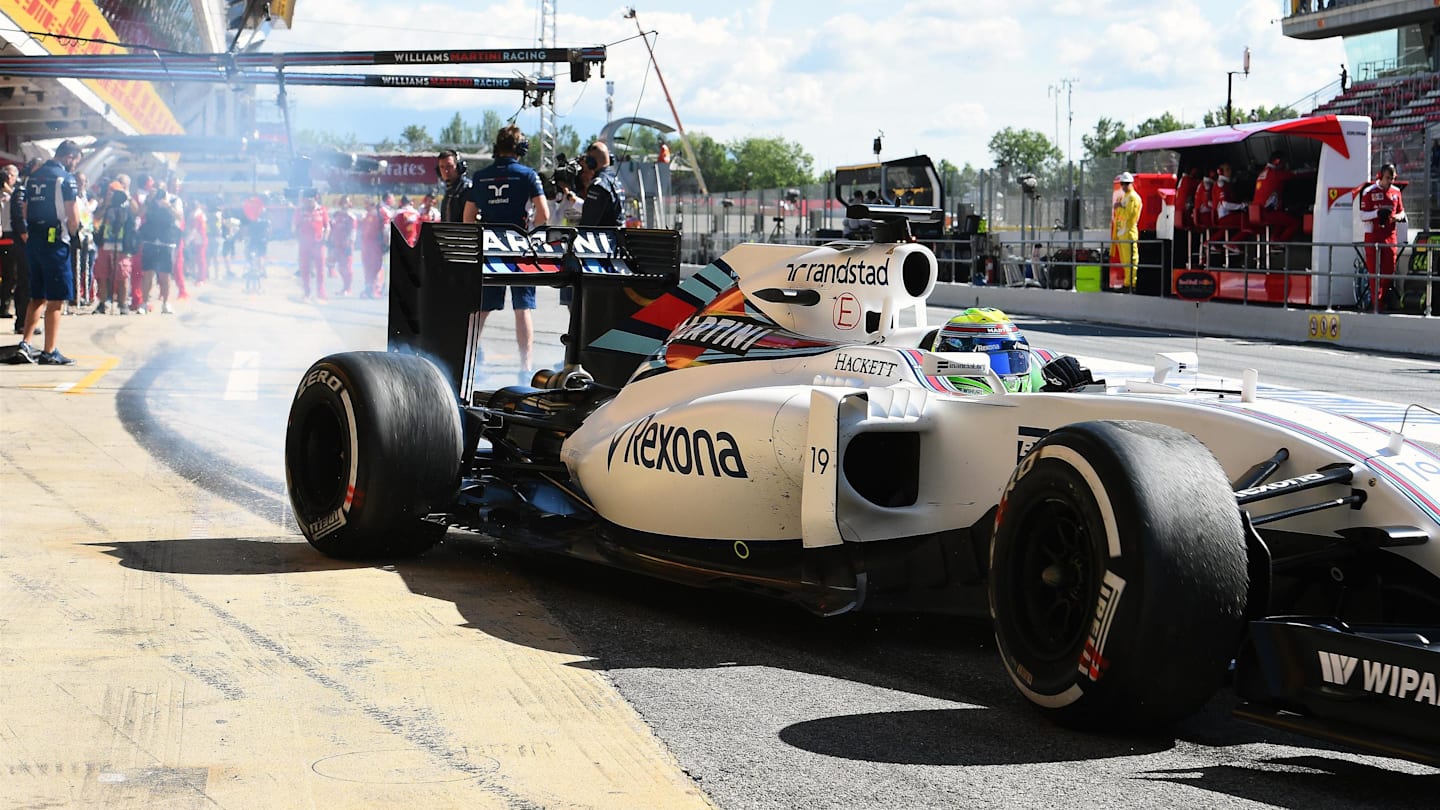
Felipe Massa (BRA) Williams FW38 burn out at Formula One World Championship, Rd5, Spanish Grand Prix, Practice, Barcelona, Spain, Friday 13 May 2016.
I am hopeful that we will give the sport what it wants in 2017.
Paul Hembery
Q: Only three teams - Mercedes, Ferrari and Red Bull Racing - will do tyre testing in the next couple of months. How will Pirelli distribute information so as not to put the other eight teams at a disadvantage?
PH: I don’t believe there will be any disadvantage. All the teams that are not testing have full data access to the results. And to make it clear, the three teams that are testing will not even know what they are testing, so we will end up mixing and matching the solutions so that even if they see something that is working well, it might not be the thing that they will get in 2017. The teams will just be testing blind - and as I just said, the data will be available to all the teams.
Q: So 2017 pre-season testing - when all the teams are running their new cars and the new tyres - will be paramount. Will they have the final version of the 2017 tyres?
PH: Normally yes, but if we have any surprises - if the cars then are very different to what we had envisioned - then we will have to react to that. Probably not for the first race, but at least when we have some really good winter testing we should know in advance how it is likely going to be - what changes are needed.
Q: If you are looking for ‘good winter testing’ to provide representative data for the season ahead, Barcelona in February might not be ideal? What is your preferred venue?
PH: We would prefer to go somewhere like Bahrain or Abu Dhabi. The temperatures will be representative and we know the tracks very well. We definitely would want to go to representative tracks.
Q: Pirelli have extended their involvement in Formula One racing. What makes it such a good platform?
PH: Formula One is the biggest motorsport platform in the world. I guess that says it all. We probably should move the drivers more to the centre of the sport. They need to be the heroes that the fans can look up to and aspire to be - and I am sure we are getting there.
